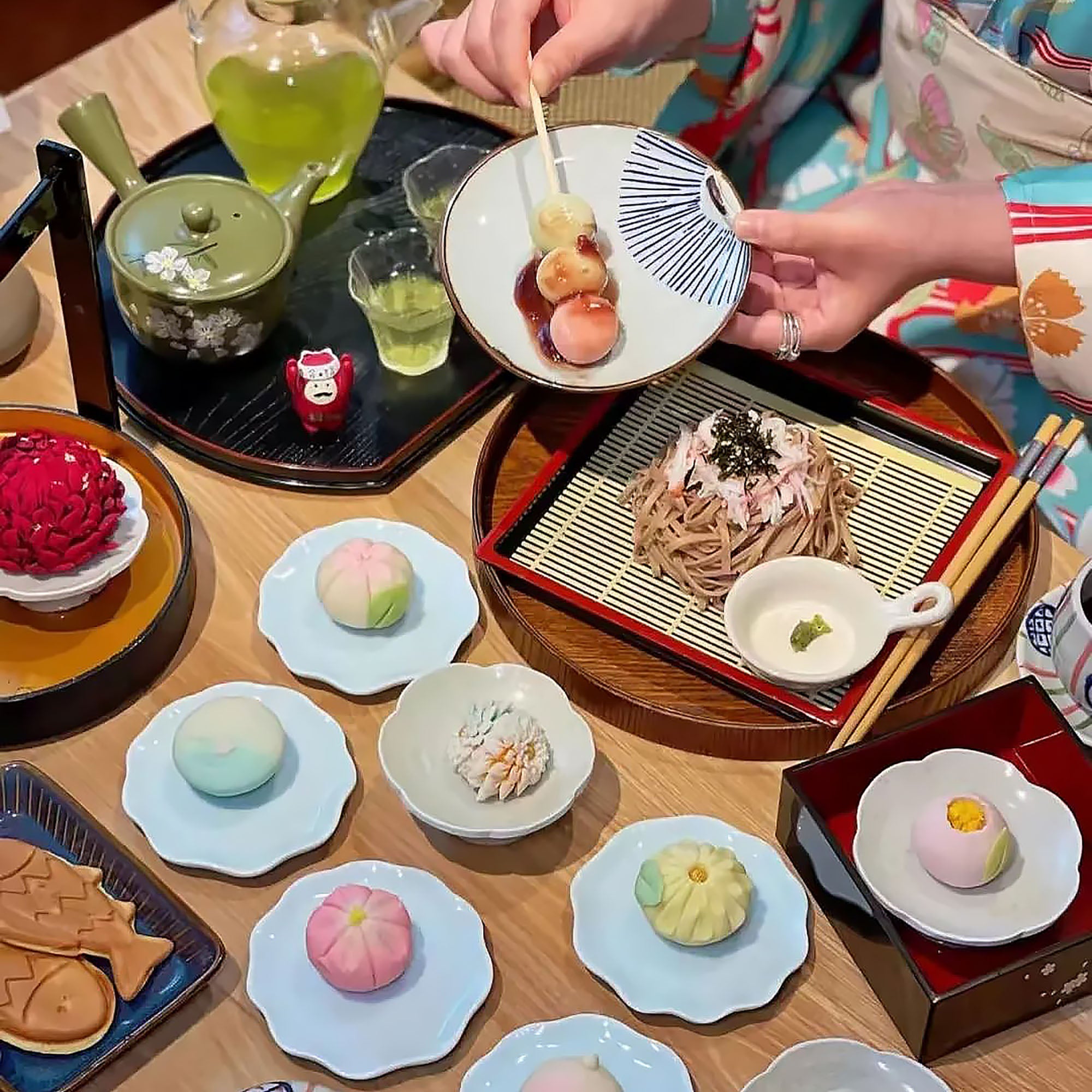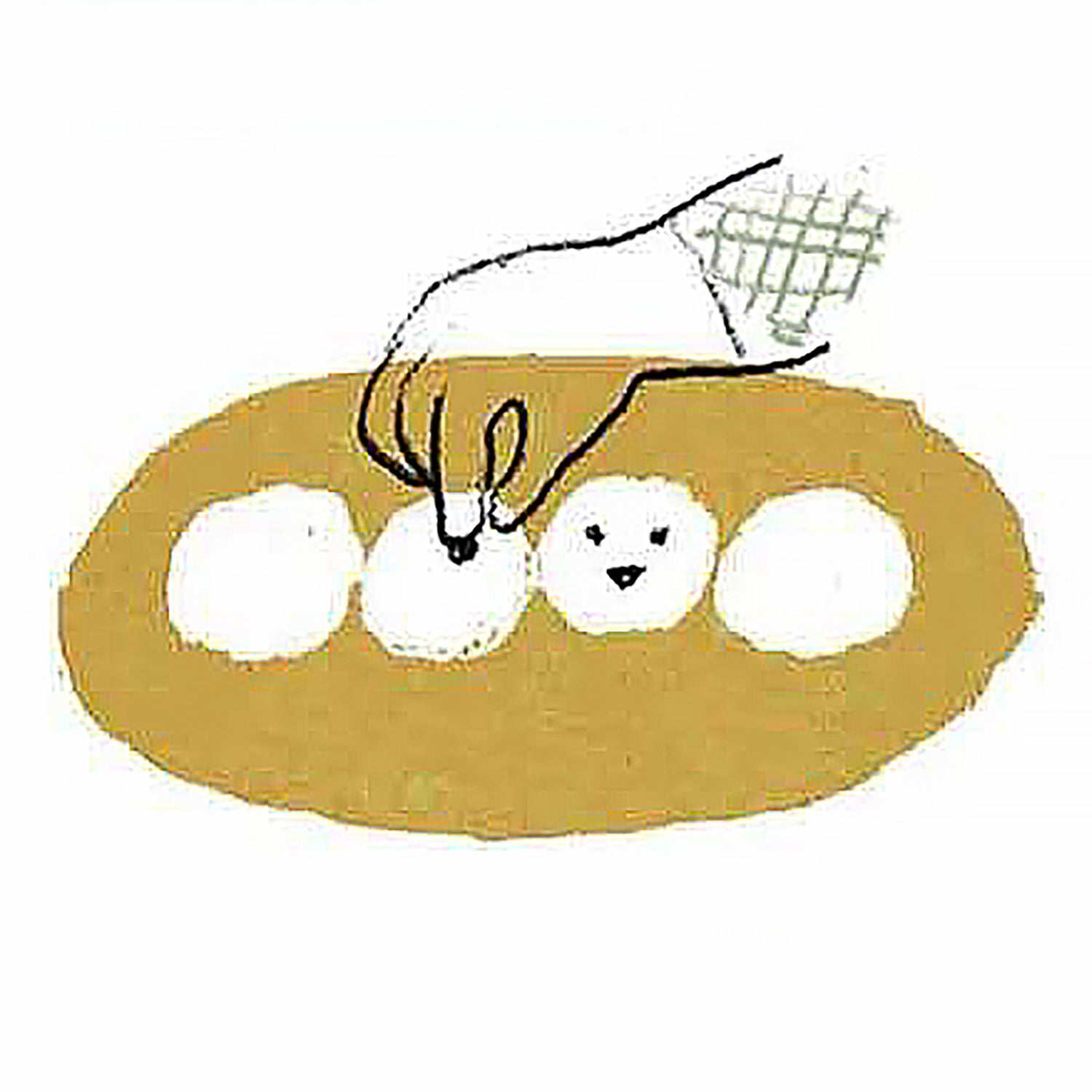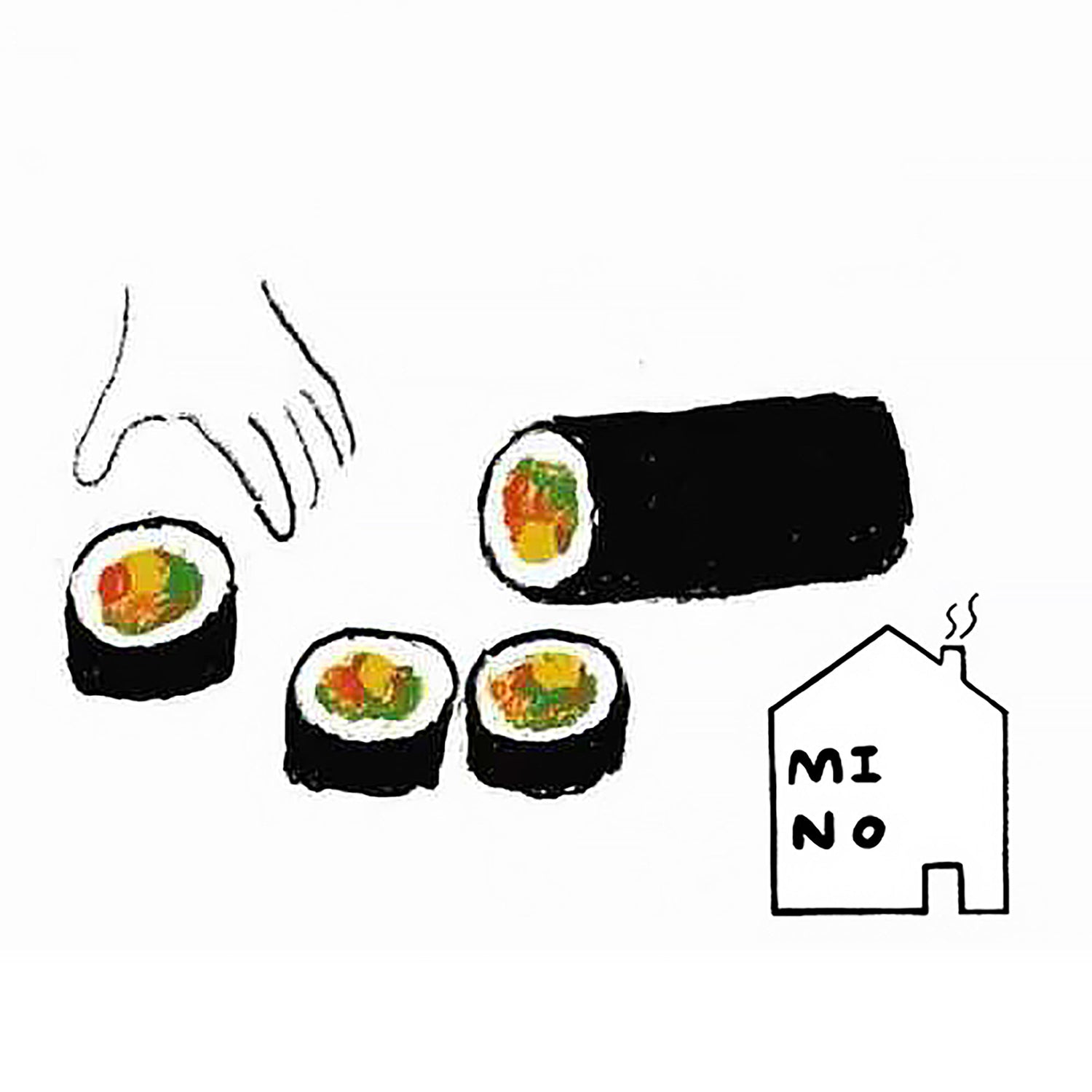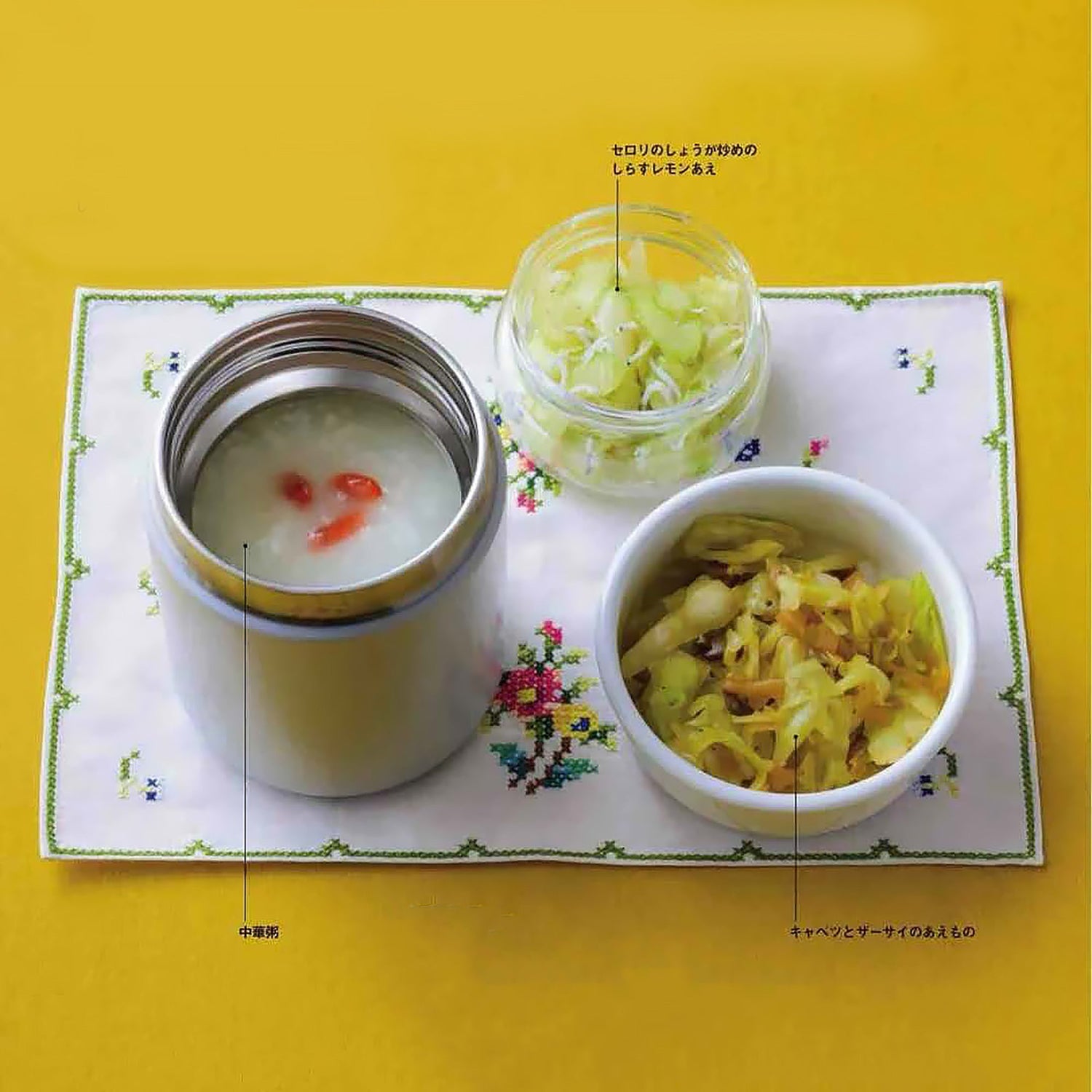Types of Wagashi
Mochi (もち)
Mochi is one of the most common wagashi. Its texture is soft, elastic and chewy. It is usually made from glutinous rice flour, sometimes topped with red bean paste or other ingredients. For example, kinako mochi, coated with roasted soybean powder, offers a sweet and fragrant flavor.
Yokan (羊羹ようかん)
Yokan is a wagashi made primarily from red bean paste, agar-agar, and sugar. Semi-translucent, it has a soft, smooth texture that melts in the mouth.


Dorayaki (どら焼きどらやき)
Dorayaki is a wagashi consisting of two round, fluffy pancakes, reminiscent of a gong, with a red bean paste filling in the center. Popularized by the famous character Doraemon, it has become one of the most popular Japanese sweets.

2. Ingredients (原料げんりょう)
Wagashi are made primarily from grains (such as rice and sticky rice), legumes (such as red beans), sugar, and agar-agar. These ingredients give wagashi their varied texture and rich flavors.
3. Cultural significance (文化的な意味)
Wagashi occupy an important place in Japanese culture. Their refined appearance is often associated with the tea ceremony. During these rituals, the types, colors and shapes of wagashi reflect the seasons and illustrate the harmony between nature and the aesthetic quest of the Japanese.

4. Role (作用 さよう)
Wagashi play an essential role in Japanese culture and daily life. More than just a sweet treat, they often accompany the tea ceremony, symbolizing harmony and respect. They are also offered as gifts to express wishes or feelings, while providing a delicate and aesthetic taste experience, in keeping with the seasons and traditions.

1. Accompany the tea
The sweetness of wagashi balances the bitterness of matcha. For example, an intense matcha paired with a sweet but light wagashi offers a perfect harmony in the mouth, enriching the tasting experience.
2. Reflect the seasons
Wagashi change with the seasons, both in their ingredients and their shapes. In the tea ceremony, they become messengers of nature. In spring, for example, cherry blossom-shaped wagashi, in delicate pink hues, evoke the blossoming of the sakura and pair perfectly with matcha, allowing guests to savor the beauty of the season.
3. Add an aesthetic dimension
With their refined appearance and soft colors, wagashi enhance the ceremonial atmosphere of tea. Like small works of art, they blend harmoniously with the decoration of the tea room and the sobriety of the utensils, creating an atmosphere of zenitude and serenity.

Ingredient-wise, many wagashi contain grains. For example, wagashi made with glutinous rice provide carbohydrates, providing a source of energy for the body. Those filled with red bean paste, such as yokan, provide essential nutrients: red beans contain protein, dietary fiber, vitamins (especially B vitamins), and minerals (such as potassium and magnesium).
Protein plays a key role in the repair and growth of body tissues, while dietary fiber promotes intestinal transit, aiding digestion and preventing constipation. However, it should be noted that wagashi often contains a significant amount of sugar. Excessive consumption can lead to elevated blood sugar levels and excessive caloric intake.
Today, wagashi are no longer limited to traditional gatherings or formal occasions. They have entered homes and daily life, bringing both flavor and a sense of ritual to the Japanese.





